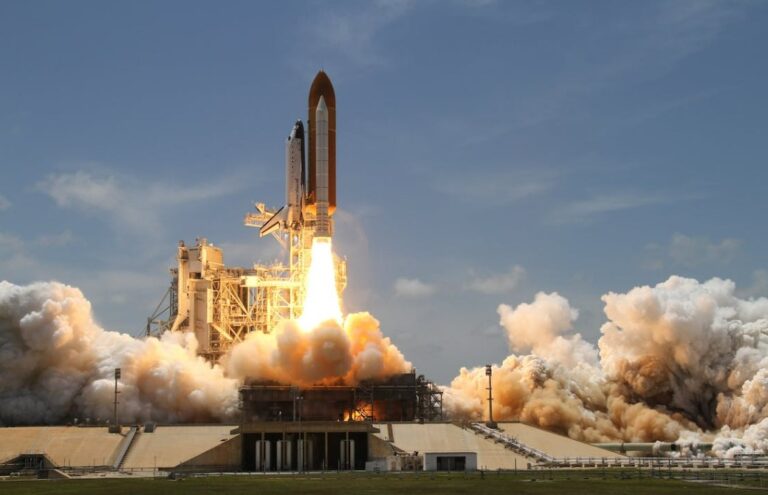India is at it again with the Moon. On July 14, the Indian Space Research Organisation (Isro), India’s space agency, successfully launched Chandrayan-3. This is a mission that envisages an unmanned landing on the Moon.
If successful, the world’s most populous country will join the very small club of nations that have managed to carry out a controlled moon landing, with Russia, the United States and China. An attempt by the Japanese start-up iSpace earlier this year ended with the lander crashing.
Table of Contents
India’s Chandrayaan-3 Mission to the moon
On 14 July, Chandrayaan, which means ‘lunar vehicle’ in Sanskrit, successfully lifted off from the Satish Dhawan Space Centre shortly after 2.30pm local time.
With a budget of just under $75 million, Chandrayaan-3 is India’s third mission to the Moon and the country’s second attempt to land on the lunar surface.
Its predecessor, Chandrayaan-2, crashed on the Moon in September 2019 while attempting a lunar landing. The Chandrayaan-3 mission includes a propulsion module, a 2-metre-high lander designed to deploy a rover near the lunar south pole, where it is expected to remain operational for a fortnight performing a series of experiments.
The objectives
Its main objective is to demonstrate the ability to land on the Moon and explore the lunar surface to help develop new technologies for interplanetary missions.
But the two-week mission has another interest above all. It offers the possibility of collecting lunar ice for the first time.
Long hypothesised, the presence of frozen water in the Moon’s shadowed areas has been definitively proven thanks to the observations of the Chandrayaan-1 probe, recalls Les Echos.
Narendra Modi’s space strategy
This new attempt is just the latest example of the dynamism of India’s space programme, whose first venture dates back to 2008 with Chandrayaan 1, when India sent an orbiter around the Moon.
Meanwhile, India has made great strides with its space programme. The launch was the country’s first major mission since Prime Minister Narendra Modi’s government announced policies to stimulate investment in private space launches and related satellite-based activities.
Moreover, at the recent meeting in Washington between PM Modi and President Biden, India signed the Artemis agreements with Nasa, paving the way for greater cooperation on the ongoing lunar programme.
Read also: From spaceships to habitation: NASA’s groundbreaking technologies for sending people to Mars












